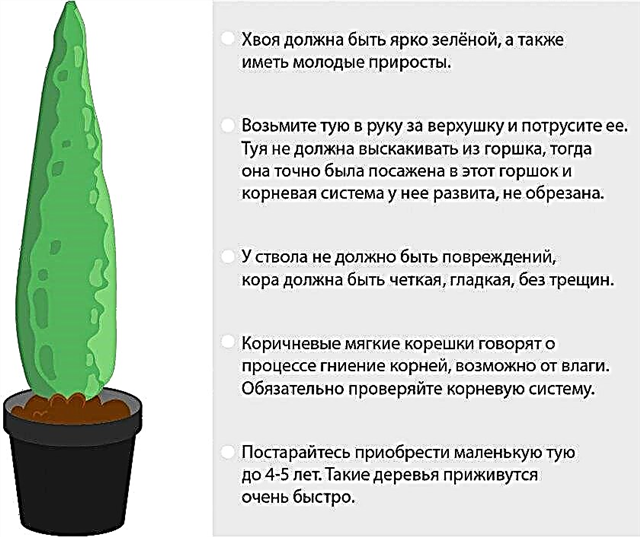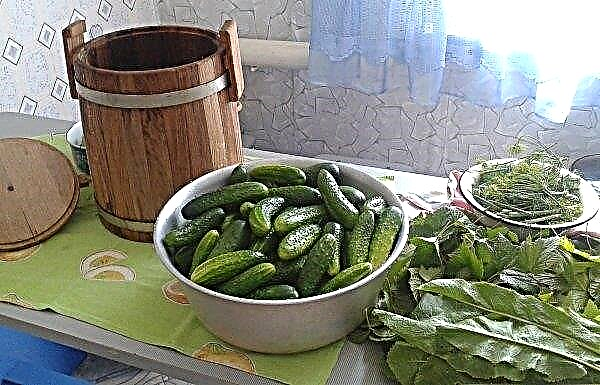Compared to last week, prices for one-year-old calves in Western Canada fell by 12 to 18 dollars; prices for medium calves fell by 10-15 dollars, and for calves weighing up to 250 kg they fell by 4-8 dollars.

The market includes a risk discount due to the uncertainty of demand for beef in the second and third quarters of 2020. Margin feedlots is in the negative zone at the level of 250 - 350 dollars per head. The main problem arises between May and July, when stockpiles of feedlots are 18% higher than the average for five years. April livestock futures are trading 10-15 dollars below the US money market. Many manufacturers held back sales or completely disconnected their grain feeders to limit weight gain.
In nature, cows feed their calves with milk until they are three years old.

October feed livestock futures were down $ 35 from recent highs; annual price expectations for the fall fell $ 20 to $ 30 compared to earlier forecasts, and calf and grass markets shook. Markets are unstable for cattle of the same weight; in some cases, prices varied by $ 15. Perhaps this is due to the volatility of livestock feed futures, the fluctuations of which reached $ 10.
Outside the main feed regions, markets have fallen even more.
- The Polish beef market is under pressure: prices are constantly falling, as the EU market is full and exports to third countries are low, Farmer magazine reports.
- Brazil temporarily suspended beef exports to China due to an atypical case of mad cow disease (BSE) in the leading agricultural state of Mato Grosso, the country's ministry of agriculture said on Monday, June 3.
- The Government of Canada will provide $ 2.15 billion to help farmers who are losing revenue through trade agreements with Europe and the Pacific to facilitate the entry of foreign egg, dairy, and poultry producers into the Canadian markets.












